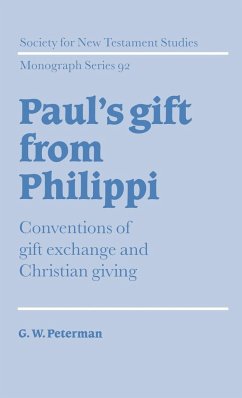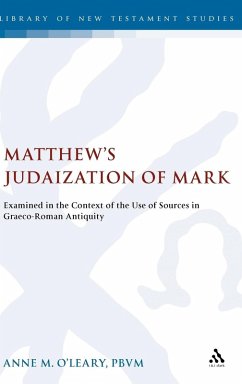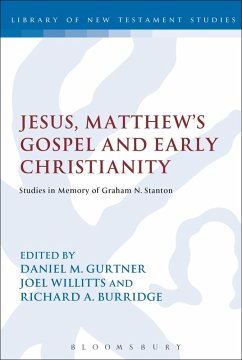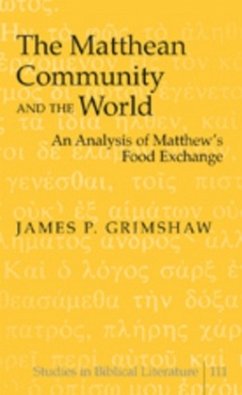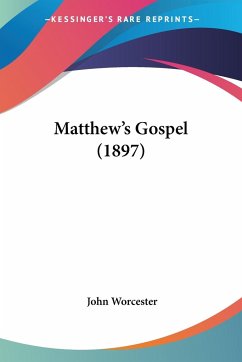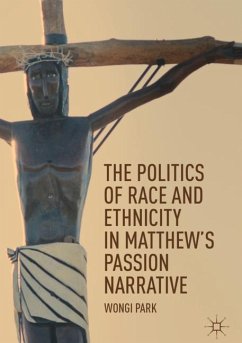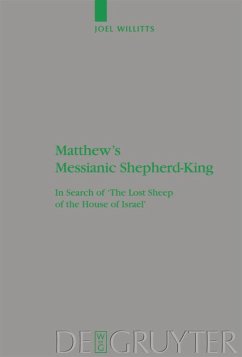
Matthew's Emmanuel

PAYBACK Punkte
53 °P sammeln!
This book was first published in 1996. Matthew uniquely highlights Jesus as 'Emmanuel', but almost wholly overlooked are the deeper implications of this 'presence' motif for Matthean Christology, as well as its centripetal force on his readers. With regard to the rhetorical, historical and theological dimensions of the text, Dr Kupp takes a multi-disciplinary approach. The three verses commonly cited are only the starting point for the weaving of the Emmanuel Messiah into the story-telling, redaction and Christology of the Gospel. Kupp employs the lenses of both narrative and historical critic...
This book was first published in 1996. Matthew uniquely highlights Jesus as 'Emmanuel', but almost wholly overlooked are the deeper implications of this 'presence' motif for Matthean Christology, as well as its centripetal force on his readers. With regard to the rhetorical, historical and theological dimensions of the text, Dr Kupp takes a multi-disciplinary approach. The three verses commonly cited are only the starting point for the weaving of the Emmanuel Messiah into the story-telling, redaction and Christology of the Gospel. Kupp employs the lenses of both narrative and historical criticism to produce the first monograph in English on the subject of divine presence in Matthew. After giving primacy to a whole-story reading, Kupp finds its roots in the familiar social and literary contexts of Sinai, Jerusalem and the Jewish scriptures. Matthew's Gospel is a story that compels, a text with a history and a Christological treatise.






